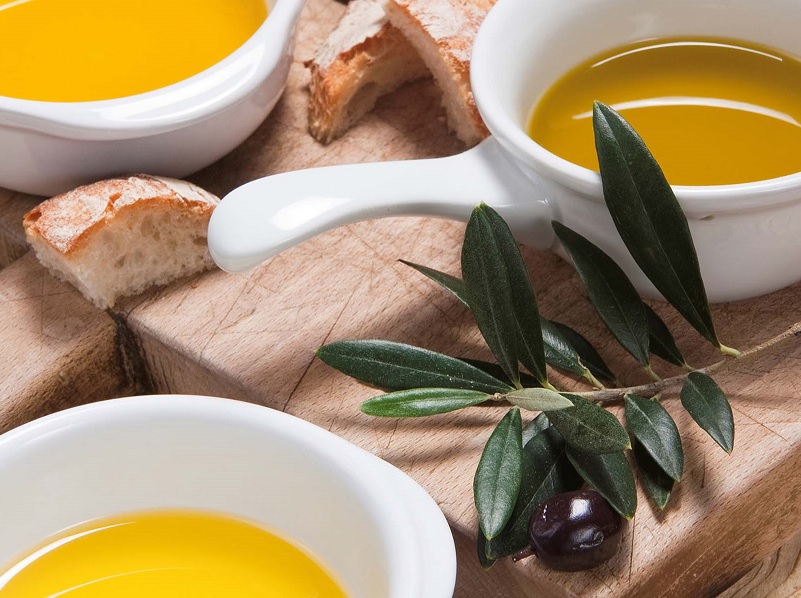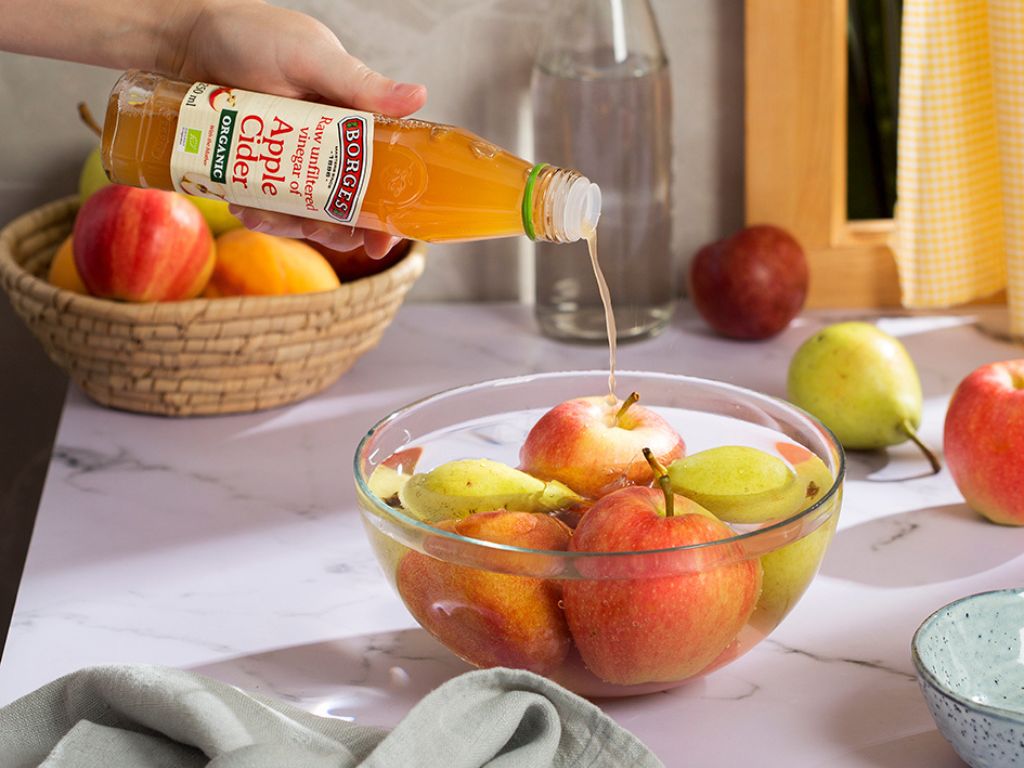A tasting combines technique and sensitivity to describe, classify and assess different olive oils from different environments prepared in different ways. Each and every olive oil reveals its own combination of aromas, textures and flavours in an explosion of stimuli that we can analyse and break down into smaller, more manageable parts.
The idea is to put a name to this rush of information we receive through our senses in an orderly fashion. The first thing you need to know is that a tasting comprises three different phases: appearance, aroma and taste. Our senses help us put a name to each individual part.
Appearance
The first thing to assess is the appearance and colour—how our eyes see it. Unlike in a wine tasting, for example, these characteristics do not necessarily tell us anything about the quality of an olive oil, but they do provide information on the kind of olive and when it was picked.
Generally speaking, green olives tend to produce greenish oils, whereas black olives yield yellowish oils. Golden hues come from late-picked ripe olives; yellowy greens, from unripe green olives. That’s why professional tasters use blue glasses to avoid being unduly swayed by the appearance.
A clean appearance with a yellow, golden or greenish hue suggests a good olive oil; cloudy, dirty, rusty-coloured, off-white or reddish-looking olive oils are likely to be flawed.
Aroma
This is the most complex phase, since our noses are very finely tuned. Tasters fill a cup a third full and gently warm it in their hand to release all the aromas (the ideal temperature is 28 ºC).
Without swirling, they bring the glass up to their nose and breathe in deeply to get a first impression. They then cover the glass with a watch glass and swirl the oil around inside. They smell the olive oil again, this time in a series of regular deep breaths that shouldn’t last more than 30 seconds.
After this analysis, they jot down their first impressions and the aromas they detected on a profile sheet, both positive (fruits, grass, figs, sweet smells, etc.) and negative (sour, metallic, rancid, musty, etc.).
Taste
This phase lets tasters assess the flavour, texture and intensity of the olive oil through their taste buds and is carried out in different stages. They sip about 3 ml of olive oil through a half-open mouth and keep it in their closed mouth for about 5 seconds to warm it up. They then swill it around their whole mouth without swallowing. Once they have coated their mouth from tongue to palate, they half-open their lips and take a couple of breaths to let some air in. Next they swill the olive oil around their mouth again to take in all the sensations. After about 15 seconds more, they empty their mouth and note any aftertaste.
Positive sensations should include fresh or vegetable flavours with an almond or slightly bitter flavour; negative adjectives might include sour, acidic, vinegary, tart, rancid or metallic. The positive aromas and flavours in an olive oil come from the particular variety of the olive in question, whereas the negative ones arise during the process of making the olive oil.
This phase also assesses the feel of the olive oil in the mouth: it may be watery, thinnish, smooth or syrupy.


